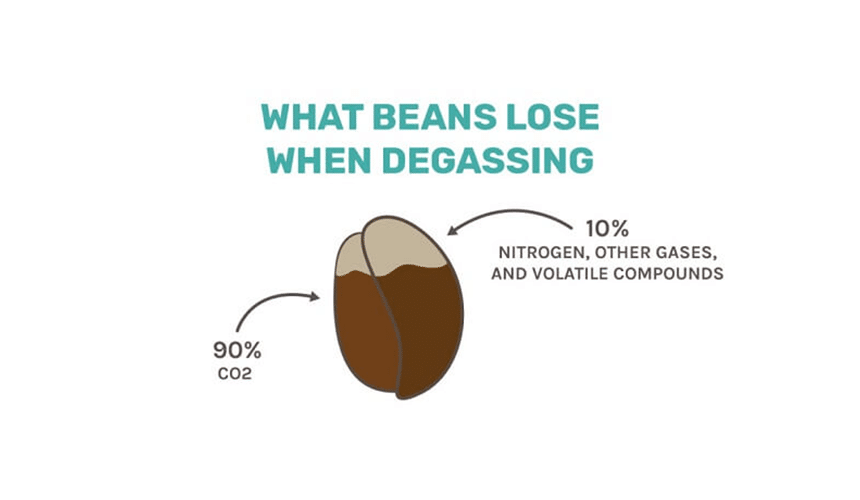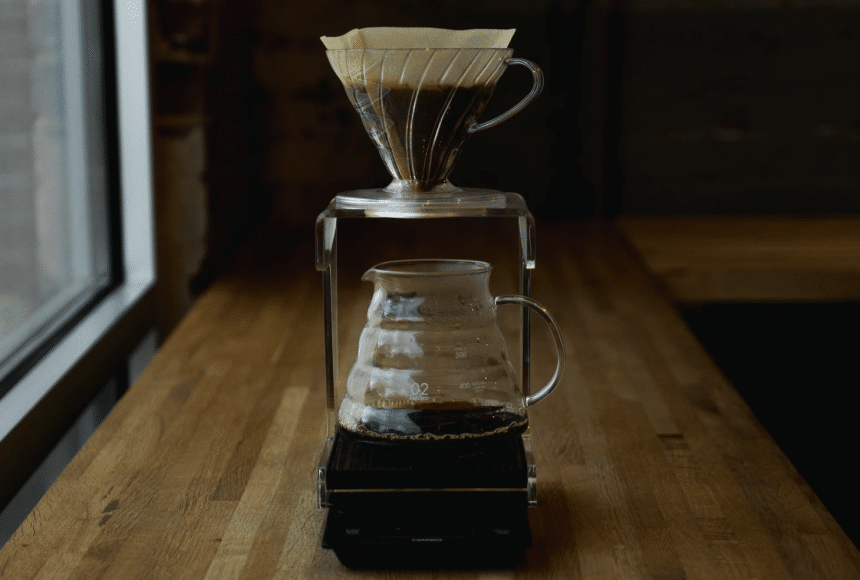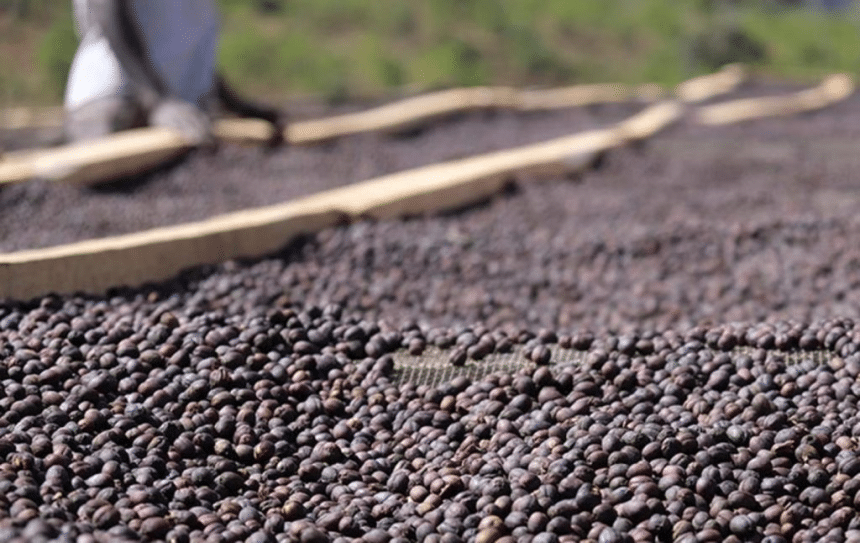

After water, coffee is arguably the most popular drink in the world. Apart from the fact that it is commonly the first beverage consumed in the day, it’s also an energy booster that contains many nutrients which help to lessen depression, reduce the risk of having liver disease and type 2 diabetes. Also, a Harward study confirmed that the consumption of 3 to 5 standard cups of coffee daily had been consistently associated with a reduced risk of several chronic diseases Trusted Source Coffee | The Nutrition Source | Harvard T.H. Chan School of Public Health Coffee lovers around the world who reach for their favorite morning brew probably aren’t thinking about its health benefits or risks. www.hsph.harvard.edu .
Coffee is also used as a welcome gesture at visits and meet-ups. One of the most sought-after coffees globally is Jamaica blue mountain, which ensures optimum flavor and scent. Most people prefer freshly prepared coffee to stale coffee, but little do they know that it can result in a bad brew if served immediately after it has been roasted. Degassing coffee before brewing solves this dilemma as it releases the gas from the beans.

Every conscientious brewer understands that the appropriate amount of carbon dioxide in beans can improve flavor extraction, whilst too much can ruin the coffee’s quality. So, it has to be sufficiently degassed to have the perfect taste.
Coffee degassing is the release of gases after the coffee has been roasted. The gases formed inside the beans during the roasting process, primarily carbon dioxide, begin to escape after the beans have been roasted. When you make your coffee and it hasn’t been appropriately degassed and so contains too much CO2, the escaping gas will cause tiny bubbles making contact between the coffee grounds and the water to be disrupted, thereby reducing the flavor of the coffee.
Degassing is the difference between a good cup of coffee and a bad cup of coffee. It does not, however, have to be complicated. It’s simply a matter of giving roasted beans enough time to release gases consisting mainly of carbon dioxide.
Brewing coffee that has just been roasted might have a detrimental impact on the flavor and appearance of the coffee. As a result, it is best to wait and brew a few days after the coffee has been roasted. During this period of waiting, degassing occurs.
Suppose you want a tasty cup of coffee. In that case, you will definitely have to degas it because if you don’t, you are only writing an invitation to small bubbles to occur throughout the brewing process, which destroys your tasty expectation.
Nitrogen, various gases, and volatile chemicals account for 10% of the gases formed during roasting. In comparison, carbon dioxide constitutes approximately 90% of the total gas in coffee, which is too much, and if not properly degassed, it will produce a bad result.
These gases are primarily found in freshly prepared coffees, as the older coffees would have started degassing since they were made, so you have to let your freshly prepared coffee bloom Trusted Source Coffee-brewing tips to help you make a better cup at home | The Washington Post We have tips from roasters, from baristas and from the Food staff, for both beginners and the more advanced home coffee brewer. www.washingtonpost.com adequately if you want your desired taste.
Too much gas in your coffee repels water, and as a result, flavor extraction is inconsistent, causing the coffee to have a less-than-ideal flavor and quality. Frequently, it produces a sour taste.
Degassing is substantially accelerated if you grind your coffee finely before brewing. This is because the more you grind, the more the cells that hold these gases are broken down and released. This makes your coffee have a fresh texture and suitable appearance.
There are basically three ways by which you can degas beans. They are the brewing method, processing method, and roast profile method.

Coffee brewing is the process of removing the soluble material from roasted and ground coffee. Many distinct components are extracted from the ground beans when coffee is brewed in hot water, thereby freeing the coffee of gas.
The brewing method can be categorized into two broad parts. They are:

There are diverse processing methods in coffee preparation. They are:
These processes produce different tastes and profiles as they degas coffee differently. Dry processed coffees can be among the best you’ve ever tasted when appropriately prepared.
It is usually juicy and creamy. Wet coffees have a cleaner, and fresher profile than dry coffees and the flavor notes are easier to distinguish. Honey coffees have a diverse and nuanced flavor profile, just like wet coffees, they have a cleaner profile than dry coffees.

The roast profile is the temperature of the roast and the roasting time. To a large extent, the roast profile determines which flavor and quality of the coffee will remain. Therefore, the gas present in coffee beans can be removed by configuring the temperature and roasting time appropriately.
Remember that overdoing it will make you lose flavors and the texture you want. Therefore, an ideal dark roast process should be followed in order to keep the flavor from the origin of the beans intact.
Every coffee is made of different components – harvesting techniques, sizes of beans, varying quantities of water and gas, which determine how long the degassing process will take. Also, the process used in making them – brewing method, processing method, and roast profile- causes the degas process’s varying nature.
If you prepare coffees using the brewing method, you can make use of them within a few days of roasting. This is because the coffee spends more time in contact with water, which releases the gas faster.
With the processing method, washed and honey processed coffee takes a shorter period to degas when compared to the naturally processed coffee. The dry-processed coffee needs a little bit more time to release the gas formed in the beans.
If a dark roast is used, degassing will be done quickly as the bean would have degraded more, the sugars would have had time to transform, and there would be more small openings that allow carbon dioxide to escape. According to most dark roast coffee reviews, Intenso has been identified as the most flavorful coffee with a stronger and more robust flavor.
But with a light roast, more of the bean is retained and as a result, may require more degassing time. However, light roast coffee beans’ natural features still shine through and consumers are beginning to take an interest in their bright acidity and mild body.
When it comes to degassing coffee beans, the most important requirement is patience. This entails as much as grinding your beans and properly storing them. This process will remove almost all the carbon dioxide and volatile components that make a coffee stale.
While patience is essential for degassing coffee beans, it’s also critical not to leave your beans sitting for too long. As previously said, a small amount of carbon dioxide is beneficial to your brew: it serves as a freshness indicator and aids in the preservation of the flavors and scents of your coffee.
However, about 40% of the gas formed in your coffee beans is released within 24 hours, but it will still take about 2 to 14 days for the appropriate degas process to be achieved.
Blooming is the saturation of the coffee ground by introducing water. When coffee blooms, the ground swells, and bubbles (carbon dioxide) rise to the liquid’s surface. To prevent this from happening, the following factors must be considered.
Coffee beans that are not properly stored might develop a musty odor. As a result, the distinctive aroma of the ideal coffee you want will be lost. If you go on to brew, you’ll end up with a bitter cup of coffee. Therefore, it is necessary that you store and package your coffee very well.
To have the flavor and profile you desire in your coffee, degassing it will be worth the waiting. It is also advisable that you select the best coffee beans if you want to have a good and tasty cup of coffee.
With the three coffee degassing steps discussed earlier, you shouldn’t have any problem making some quality coffee. Whether you’re using the processing method, brewing, or roast profile method, you’ll achieve the aim of gas removal.
Degassing coffee is optional — but it is easily the difference between an excellent cup of coffee and not-so-good coffee.





